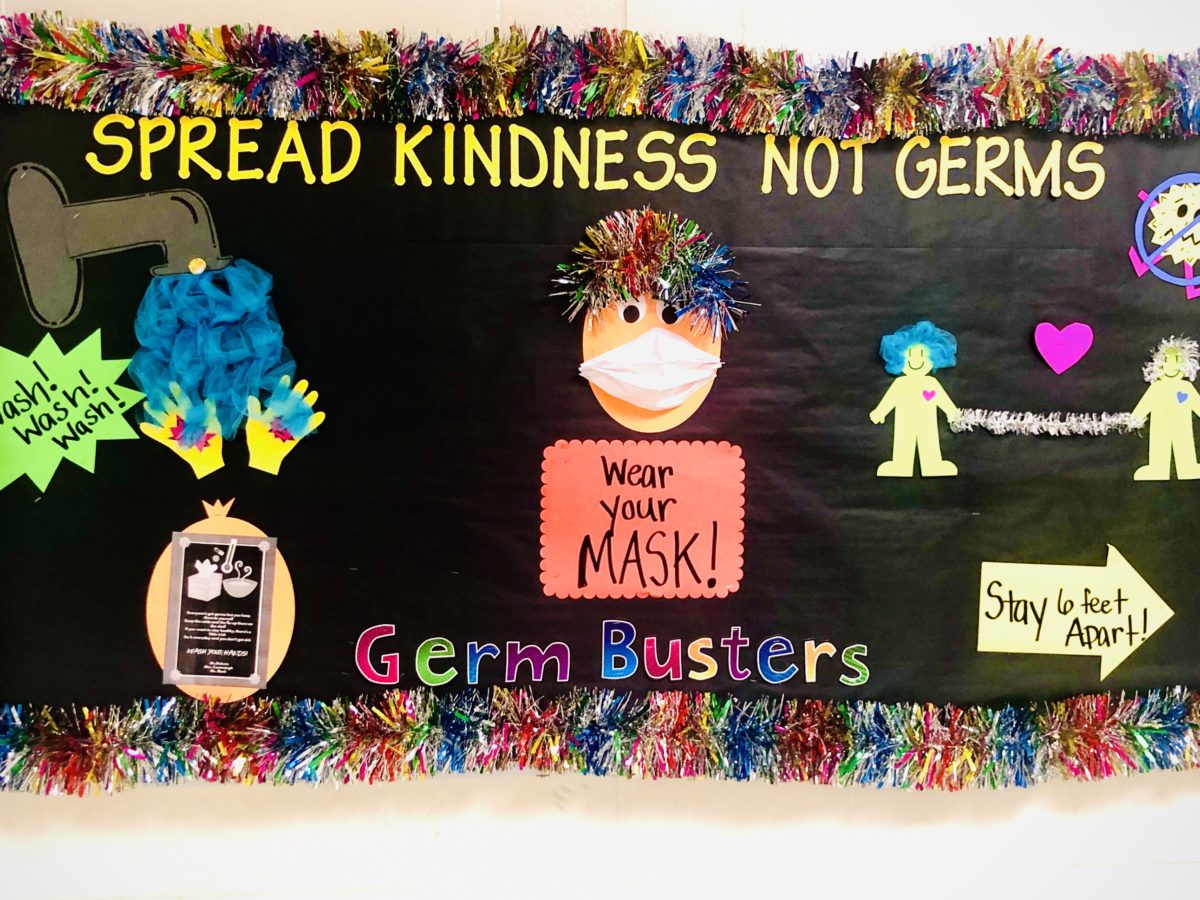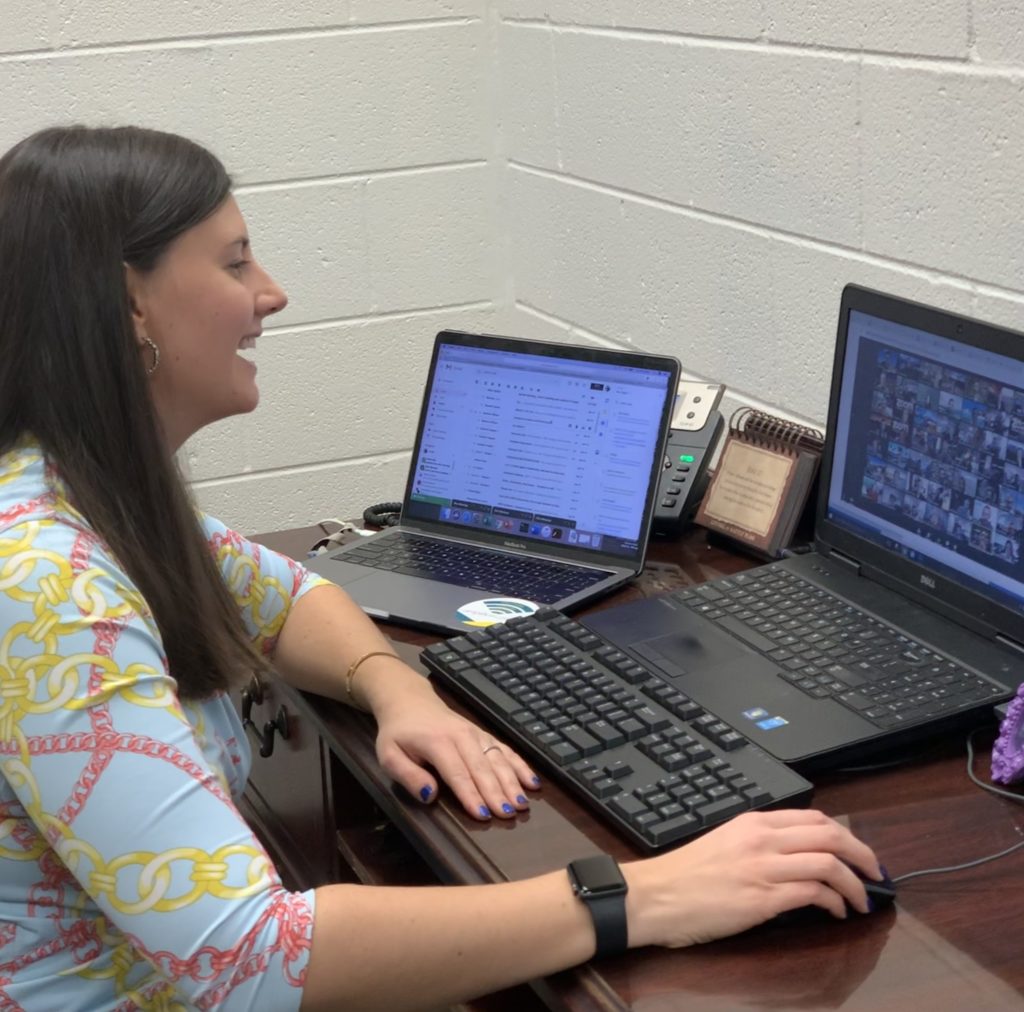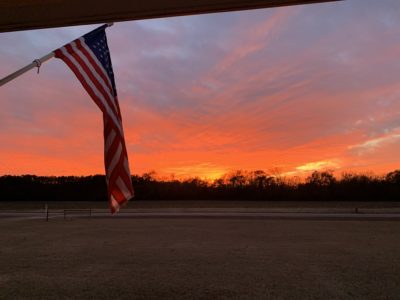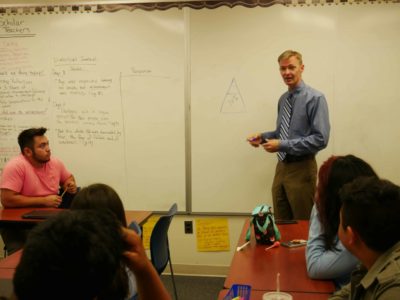
“We don’t have to do all of it alone. We were never meant to.”
Brene Brown
Educators are in the midst of one of the most challenging and overwhelming times in the profession’s history. Due to the ever-changing conditions of the pandemic, teachers and schools are continuously forced to adapt in order to safely educate students.
And to be completely honest, this experience has been exhausting. Truly.
But it’s also been incredibly inspiring.
Students have shown just how hungry they are to connect, learn, and grow. Classroom and school leaders are courageously showing up to lead and create innovative, ever-evolving plans to ensure students are receiving deeply meaningful learning experiences.
We believe in the power of sharing resources. Each week, we plan to share resources centered around four themes (trust, communication, making people feel seen, and creating joyful moments) that we’ve found to be foundational to our work during COVID-19. We invite you to share your reflections and resources as well.
Our hope with this series is to begin a larger conversation of sharing the great ideas, innovations, and resources our educational leaders have created during this time. We hope you’ll join in the conversation and share your own insights using the hashtag #NCcovED.
As current school leaders, we acknowledge our perspective is centered around building a comprehensive school culture. We celebrate teachers as the leaders of their classroom. We encourage teachers to consider adapting the shared resources when cultivating the culture in their classroom.
Leading in the ‘new normal’ theme 1: Creating trust through building transparency
“Remember, teamwork begins by building trust. And the only way to do that is to overcome our need for invulnerability.”
Patrick Lencioni
Our physiological responses are calmed by predictable, grounding routines. For years, we have entered the school building, hugged children, and prided ourselves on collaborative, group work. COVID has changed every grounding routine we’ve ever experienced and has left educators to make meaning of this new situation.
And with this change comes the need to find new ways to build trust. Trust is built when an environment feels safe and consistent. Through consistency can one feel confident enough to let their guard down. Educators can no longer work to create a consistent routine to build trust, because the reality is, nothing is consistent in a pandemic.
As a response to the ever-changing reality of education during COVID-19, educators must reevaluate traditional methods of relationship building and explore new ways to intentionally work to create trust during COVID. As we’ve led through this pandemic, we found that trust can be effectively and more strongly built by being vulnerably transparent.
Throughout this pandemic, it’s become clear that trust can be built effectively and more strongly by focusing on transparency. While we once may have tried to problem solve as much as possible for our staff, the sheer magnitude of constant changes has made it impossible to even attempt to do so. We have learned the power of truly leaning into the idea that good leadership is about being vulnerable enough to say, “I don’t have all the answers and I invite you to create them with me” and trusting the team to create solutions better than we could have ever imagined. The most beautiful part of this discovery is that it has allowed us to develop deeper levels of trust.
Below you will find four grab-and-go resources we have used in our schools to build trust among our teams, in a culture that acknowledges, accepts, and thrives in the absence of consistency.

#1: Prioritize intentionally creating time to meet with staff
Establish a routine of inviting stakeholders to sign up to meet with you 1:1 using Google Calendar (or Doodle Poll if not affiliated with Gmail Suite).
Why: Individual or small group meetings demonstrate that you trust that your staff hold the answers to the areas of growth in the school and you publicly display your trust by inviting them to the school’s decision-making process.
What it may look like: Pre-share sample discussion questions with staff members so they are aware of the outcome you are trying to achieve (i.e. is the purpose of the meeting to build consensus around moving PLC to the end of the day or are you trying to brainstorm ideas of what your school can do to increase attendance for 7th graders?) or allow the conversations to be driven by what the stakeholders would like to share.
#2: Build the power of school-wide collaboration
Create an editable question and answer document so you may publicly answer the questions directly on the document.
Why: Public question and answer documents create an environment where all questions are open and welcomed. The process equals the opportunity between new staff and veteran staff to generate suggestions and questions in a safe space.
What it may look like: This can be used before/after a staff meeting so leadership knows what aspects to clarify or after an email from the Central Office is received so teachers have a forum to digest information and ask questions, etc.
#3: Utilize anonymity
Use a COVID anonymous reporting tool.
Why: Anonymous tools ensure that administrators collect timely items for action that individuals may not feel comfortable reporting. Providing voice to address safety concerns in a confidential format increases the likelihood your campus remains safe.
What it may look like: Share the reporting tool with staff (ask they bookmark the form and reshare it weekly). Then, create a script to email you when someone completes a new entry.
- Open the copy of the form.
- Rename the form and enter your school name in question one.
- In the panel above the form, click the Responses tab.
- Click More. Get email notifications for new responses.
#4: Provide regular opportunities for stakeholders to share their opinions and reflections of the progress of their school leaders
Administer the same anonymous survey throughout the year with a framework to share results and responses transparently.
Why: A school culture of open feedback from teacher to administrator generates an atmosphere of continuous improvement for all stakeholders. Additionally, trust is formed by school leaders authentically engaging in the feedback process in order to grow into the school leader needed by the stakeholders they serve. Asking for and answering feedback publicly reinforces the vulnerability needed to generate trust.
What it may look like: Use the same survey to observe areas of growth/decrease. Create a timeline of survey implementation. For example:
- January 18th – 29th: Administer survey
- February 1 – 10th: Review results and reflect. Give yourself time to process the feedback. Time allows individuals not to feel defensive. Consider every suggestion as truth; perception is reality.
- February 11th – 17th: Begin to generate your public responses — and answers to what was shared. As a principal, I share my responses for every section, feedback line by feedback line. I do not ask other members of our admin team to do this. I ask the other members to reflect line by line, but to only provide a synopsis of the themes.
Recommended reading




